Be prepared for more stunning English descriptions below …
7月23日 星期一
早上起来,外面还在下雨。没办法,冒雨也得继续我俩的旅程。因为下雨, 所以先尽量推迟步行,计划先坐车去卡伦山,PJG的父亲当年和朋友在那里有几张在山顶拍的照片,PJG搜索出那是在一个饭店里拍的。我俩倒了两辆轻轨,一辆巴士,大概花了50多分钟到了卡伦山,幸运的是雨真的停了。那个饭店现在还在,不过已经和69年前有所区别,而且那里还成立了一所大学,所以我俩没能在同一个地点拍下照片。山顶的景色还真开阔,如果天气好些会看维也纳城更清楚些。
Monday, July 23
It was raining all morning and so we tried to postpone our walk as much as possible. One of the places to visit, Kahlenberg, was about an hour away by bus so we decided to go there first in the hope the rain would be over by then. PJG’s father had several photos taken at the terrace restaurant at the top of the mountain with friends. We took two subways and a bus, and about 50 minutes to get to to the top of the mountain. Fortunately, the rain really had stopped. The hotel was still there but it looks very different from 69 years ago, and there was now a university so we couldn’t get photos from the exact location. There is a great view from top of the mountain and if the weather was better we would have had a very clear view of Vienna.
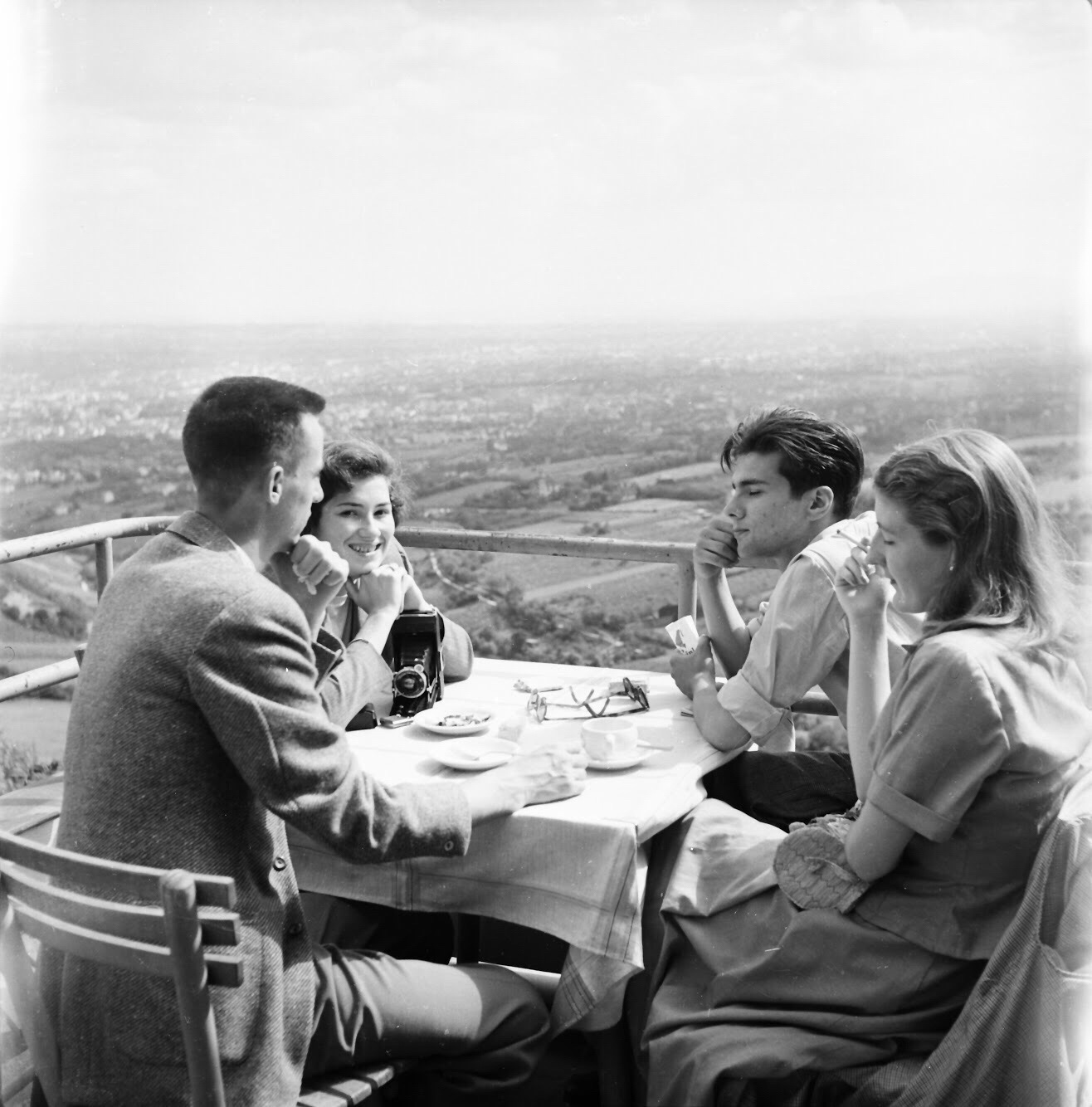
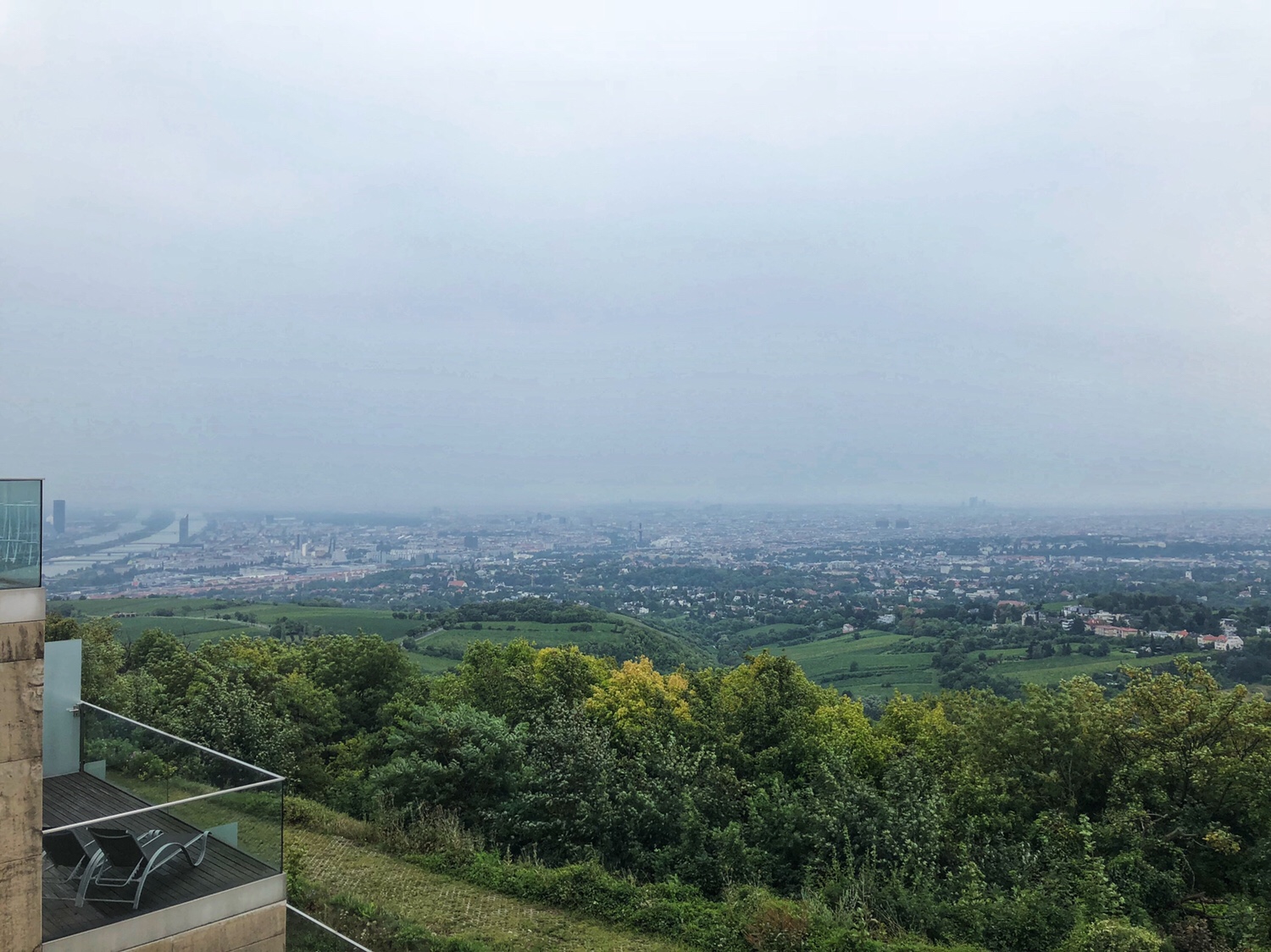
坐车下山到了贝多芬在海利肯施塔特曾经住过的房子,贝多芬在此居住的时候曾试图治疗他的逐渐失去听力的问题。1802年贝多芬在这里创造了著名的“Heiligenstädter will” 。这个地方应该还有一个博物馆,可惜我俩去的时候,这个房子是关门的,也没有看到博物馆的任何标牌,所以没能具体的参观一下博物馆的展览。
From the top of the mountain we took the bus to the house where Beethoven lived in the district of Heilikenstadt. It is at this location that Beethoven began to experience his gradual loss of hearing and in 1802 wrote the famous “Heiligenstädter Will”. We expected to find a museum in this place, but unfortunately when the two of us were there everything was closed until 4pm. We were able to peek inside and get a few photos, but it was just of the restaurant.
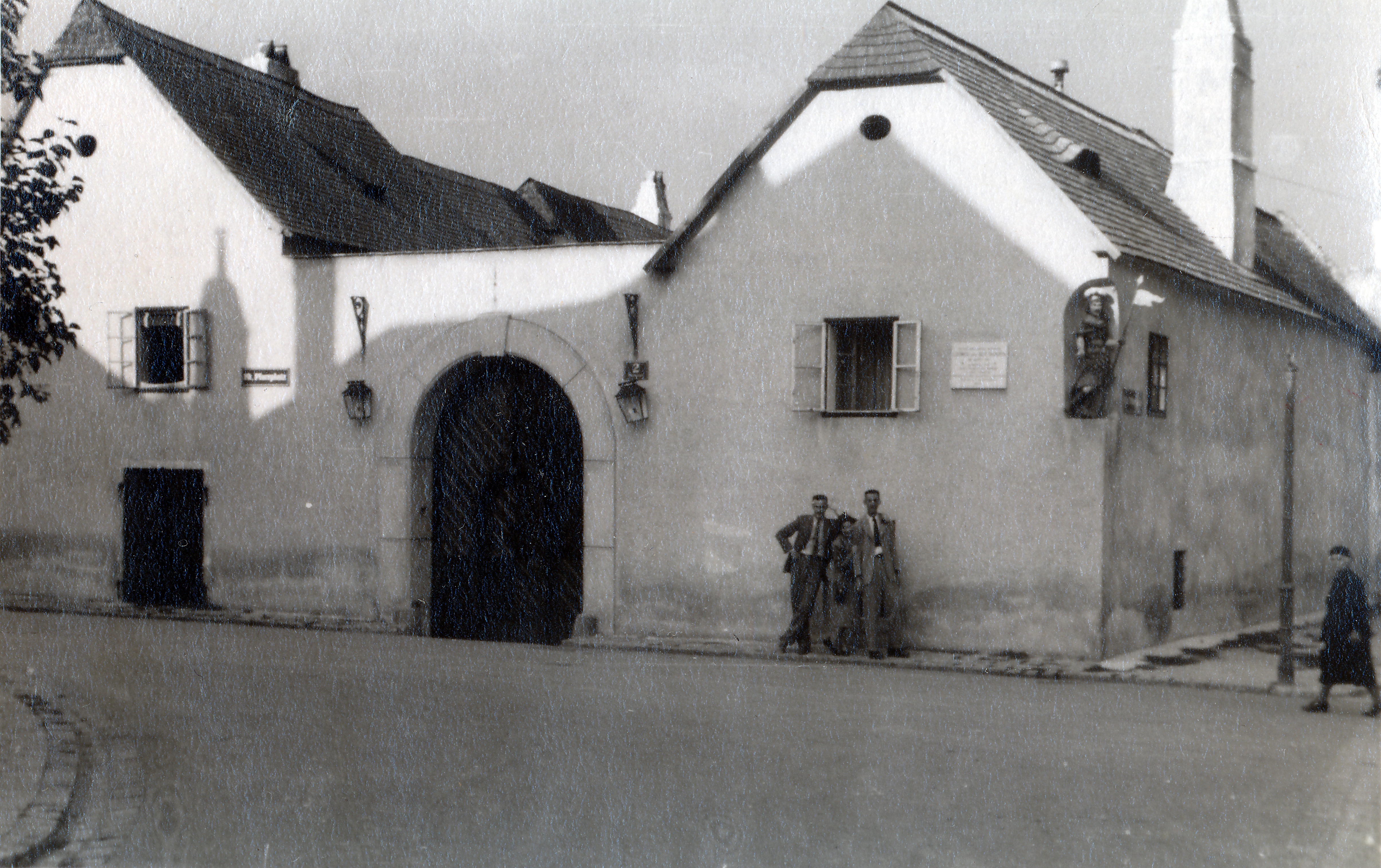
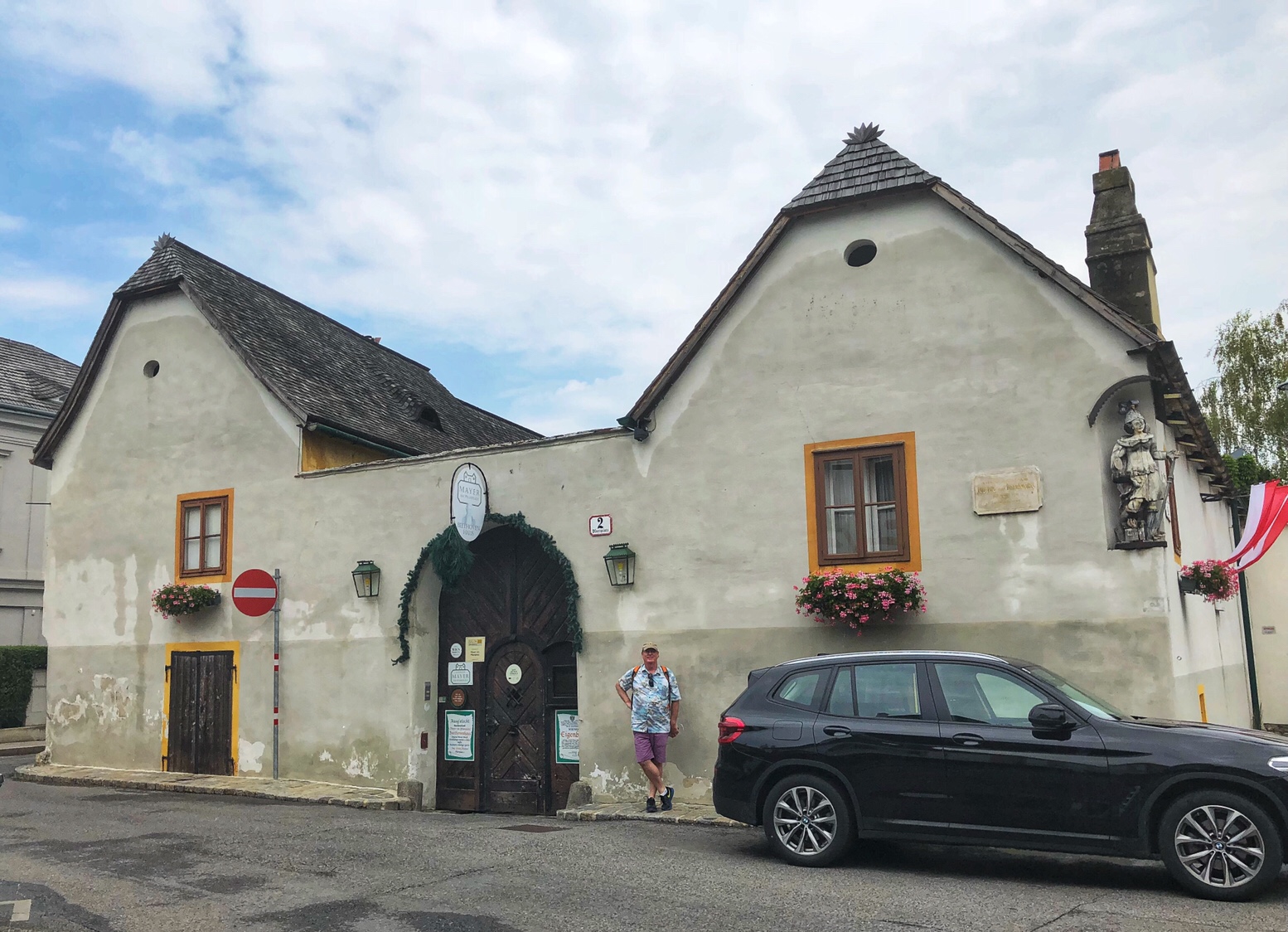
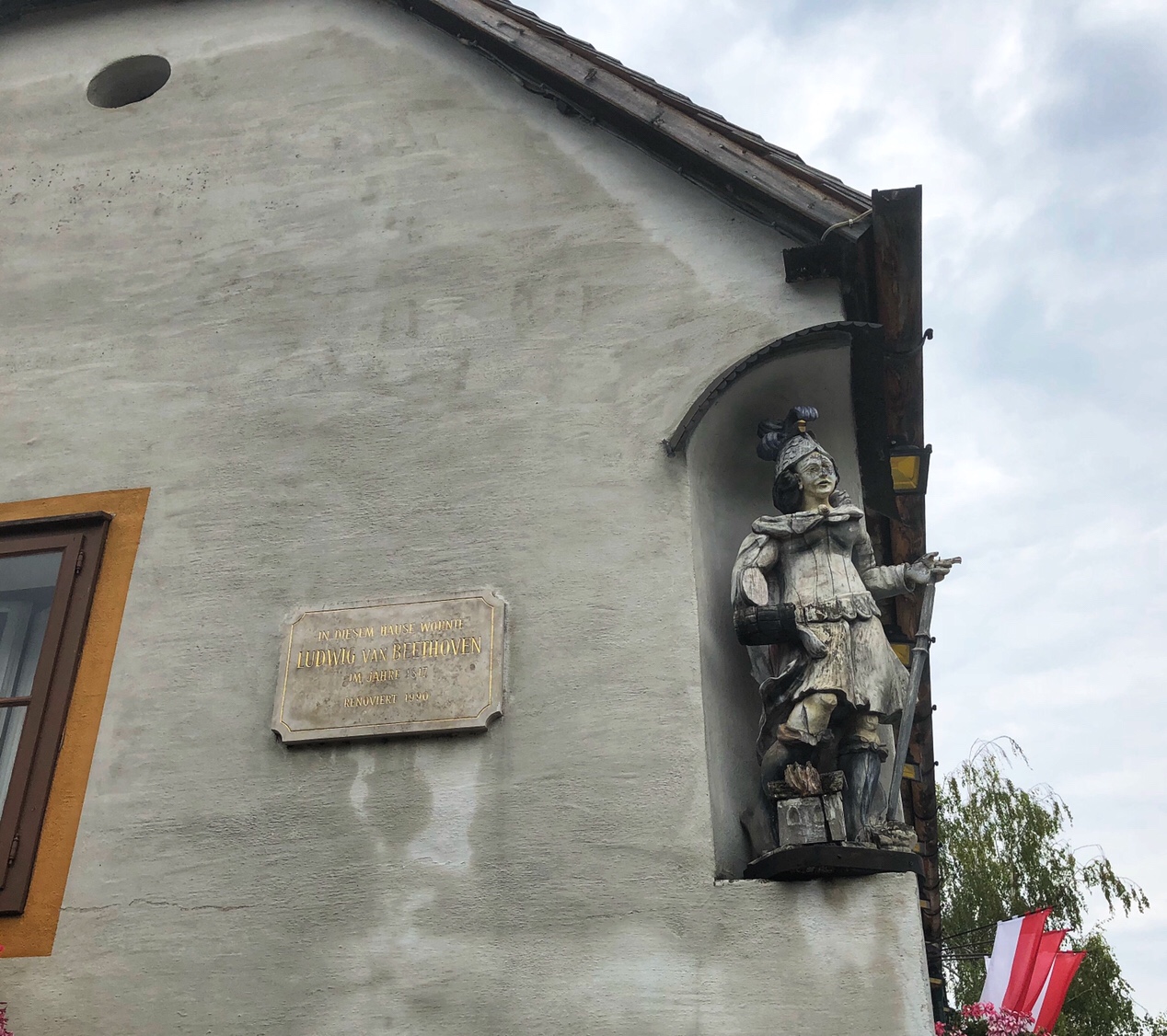
离开了海利肯施塔特小屋,我俩前往我想去的一个地方看一个有趣的建筑。 Leaving the Heilikenstadt Lodge, we went to visit a place that I had heard had a very interesting building.
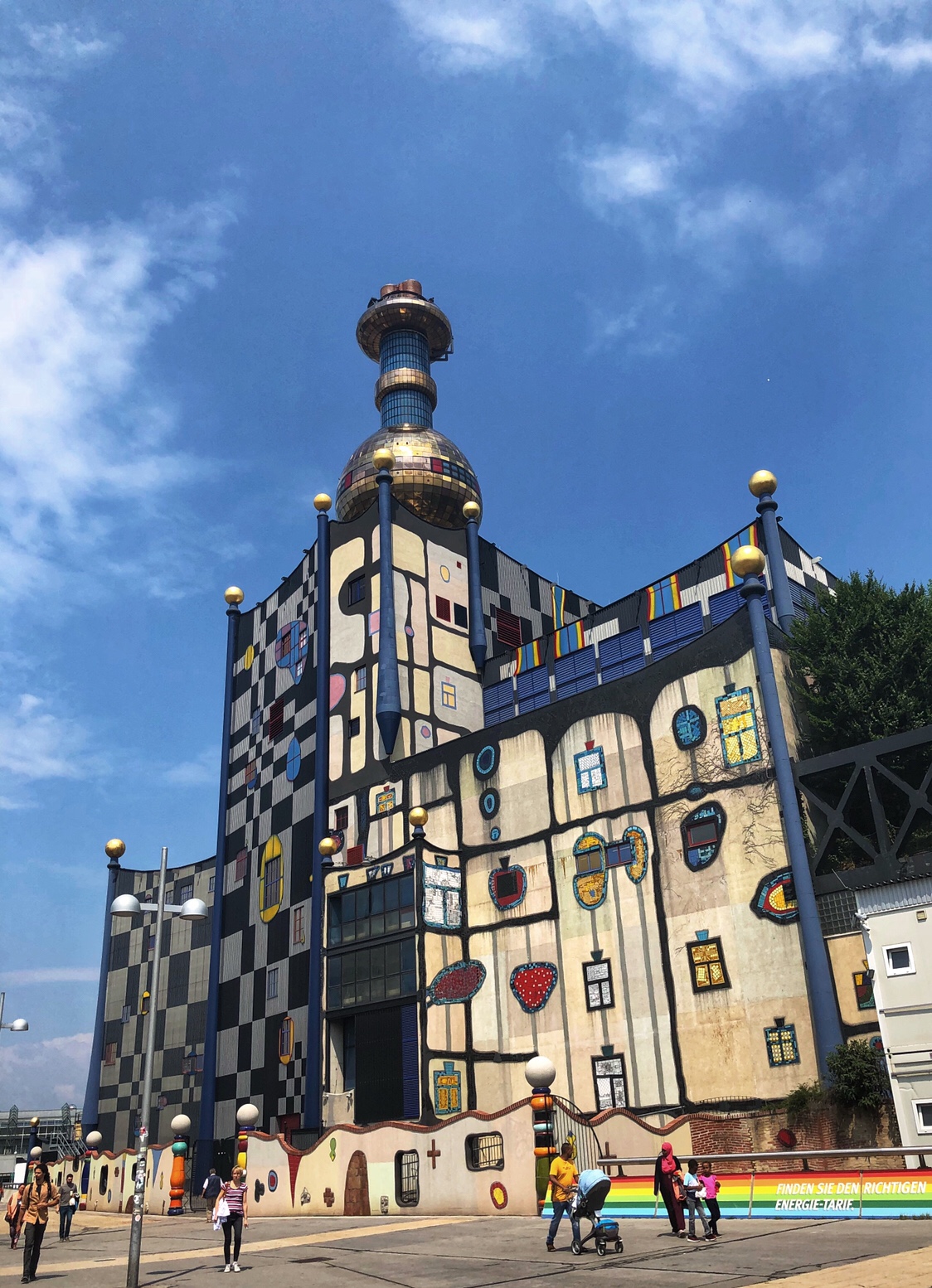
看到上面的照片,有没有觉得是某个现代派博物馆? 其实它是一个垃圾焚烧厂 (Spittelau)。很奇特吧? 这应该是世界上最漂亮的垃圾焚烧厂了吧? 是由维也纳出生的著名艺术家佛登斯列‧汉德瓦萨(又称百水先生)设计的。这个垃圾处理厂在1987年的时候经历了一场大火,在1991年由百水先生设计了这个新的厂房。
百水先生的设计很抽象,喜欢用明亮艳丽的色彩,不重样,不规则的线条,形态奇特的图形,并且尤其喜欢在设计中加入大量的植物元素,他的设计很有一种仿佛进入了童话世界的感觉,或许一丝天真幼稚,或许又给人不拘泥于传统的疯狂颠覆之感。
Looking at the photo above, does’t it seem like a modernist museum? In fact, it is a waste incineration plant (Spittelau). Very strange? I suppose this is the most beautiful waste incineration plant in the world, right? It was designed by the famous Vienna-born artist Fredensre Hundertwasser. The original waste treatment plant experienced a fire in 1987 and then was redesigned by Mr. Hundertwasser in 1991.
Mr. Hundertwasser’s design is very abstract and he likes to use bright and colorful designs with irregular lines, strange patterns, and he especially liked to add the use of plant elements. His designs are fairy tale like and give the world a feeling of childhood innocence, or also may give some people the sense of madness – definitely not traditional.
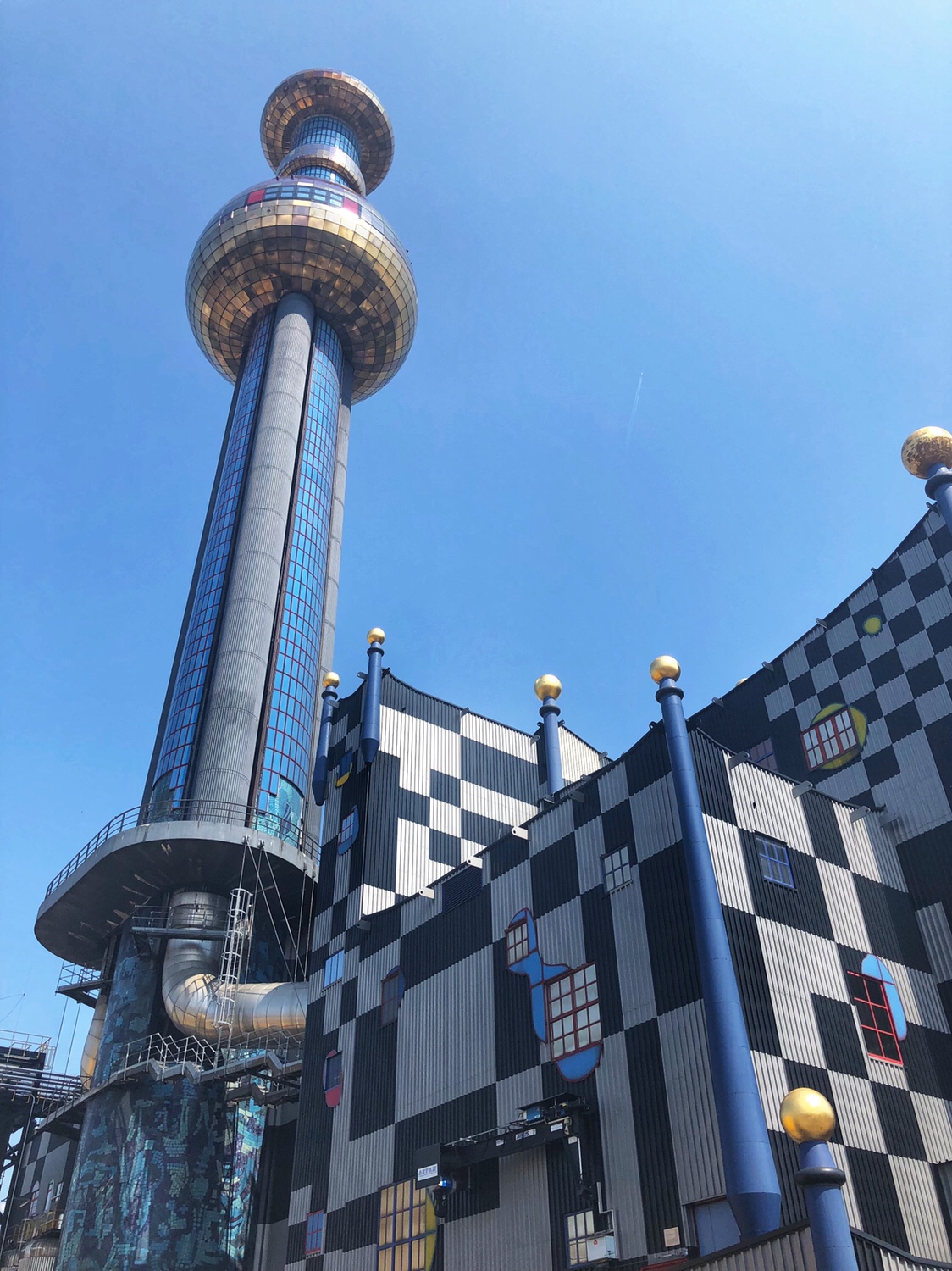
我俩本来只想去这里欣赏一下这个建筑奇葩,没想到当时他们刚好有一个进入厂内游览的英语旅游团,我俩就误打误撞地参加了。说起这个垃圾焚化厂,每年会处理25万吨家庭垃圾,用来供给相当于6万多家庭的供热和5万多家庭的供电。维也纳的垃圾分理也很细致,应该比美国做的还要好,美国家庭一般是垃圾一个垃圾桶,瓶子纸盒一个垃圾桶,而维也纳,应该是奥地利这个国家,每个家庭要把纸/纸盒,金属制瓶子,塑料制瓶子,玻璃瓶子透明的,玻璃瓶子带颜色的,其它家庭垃圾都要分开放好。
We originally wanted to go here just to enjoy the wonders of this building. I didn’t expect that they were just about to start an English tour group of the factory. So, we both took part in the tour, basically by accident. So since we toured it, I can give you a little detail. The garbage incineration plant processes 250,000 tons of household waste every year and supplies electricity to more than 60,000 households and heating to more than 50,000 homes. The garbage separation process in Vienna is also very detailed, much better than in the United States. The American family generally has a garbage bin and a can for recycling. In Vienna, every family has a separate box for paper, metal cans, plastic bottles, clear glass bottles and glass bottles that are colored, and another for household waste. That’s a lot of work!
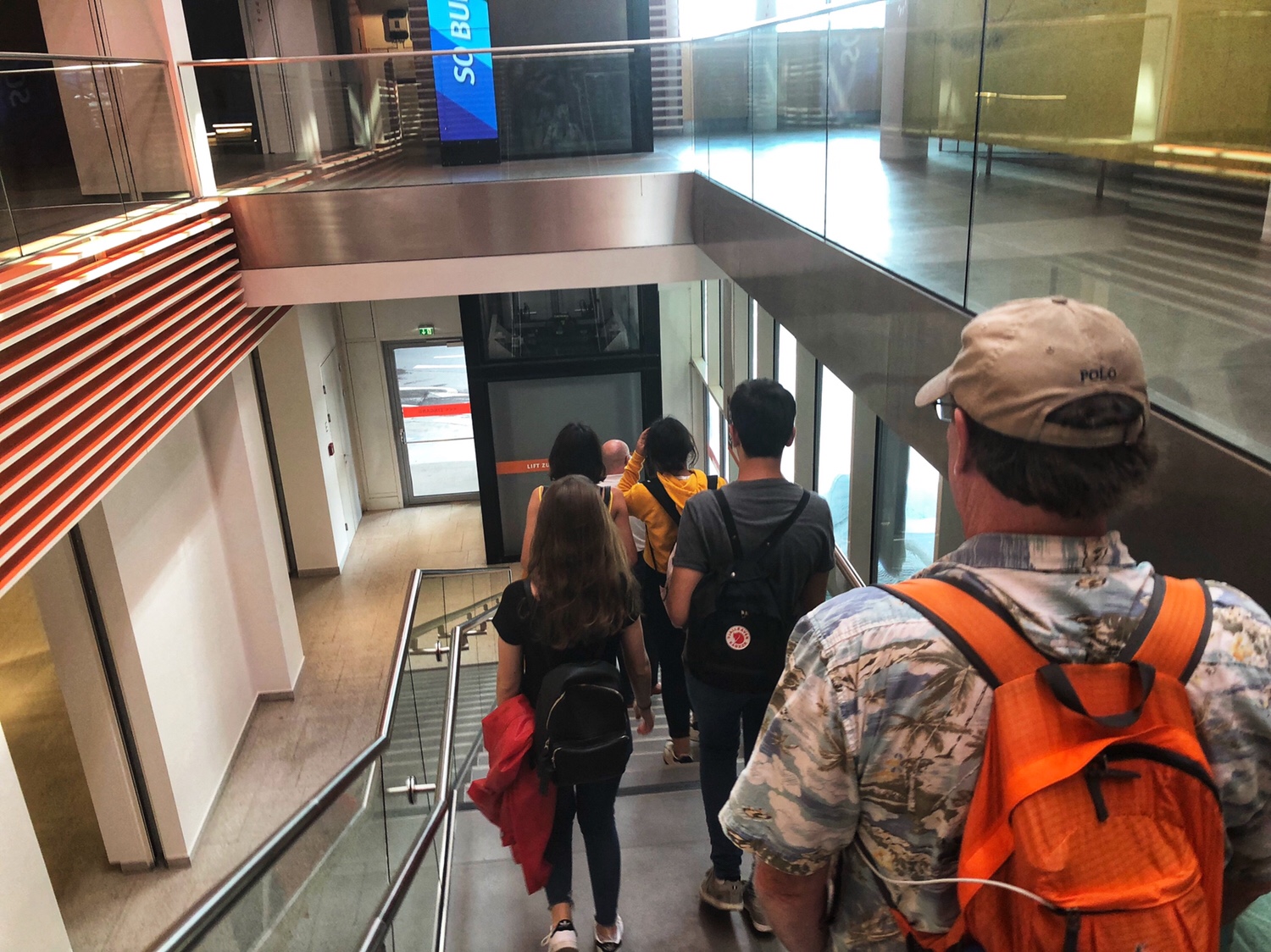
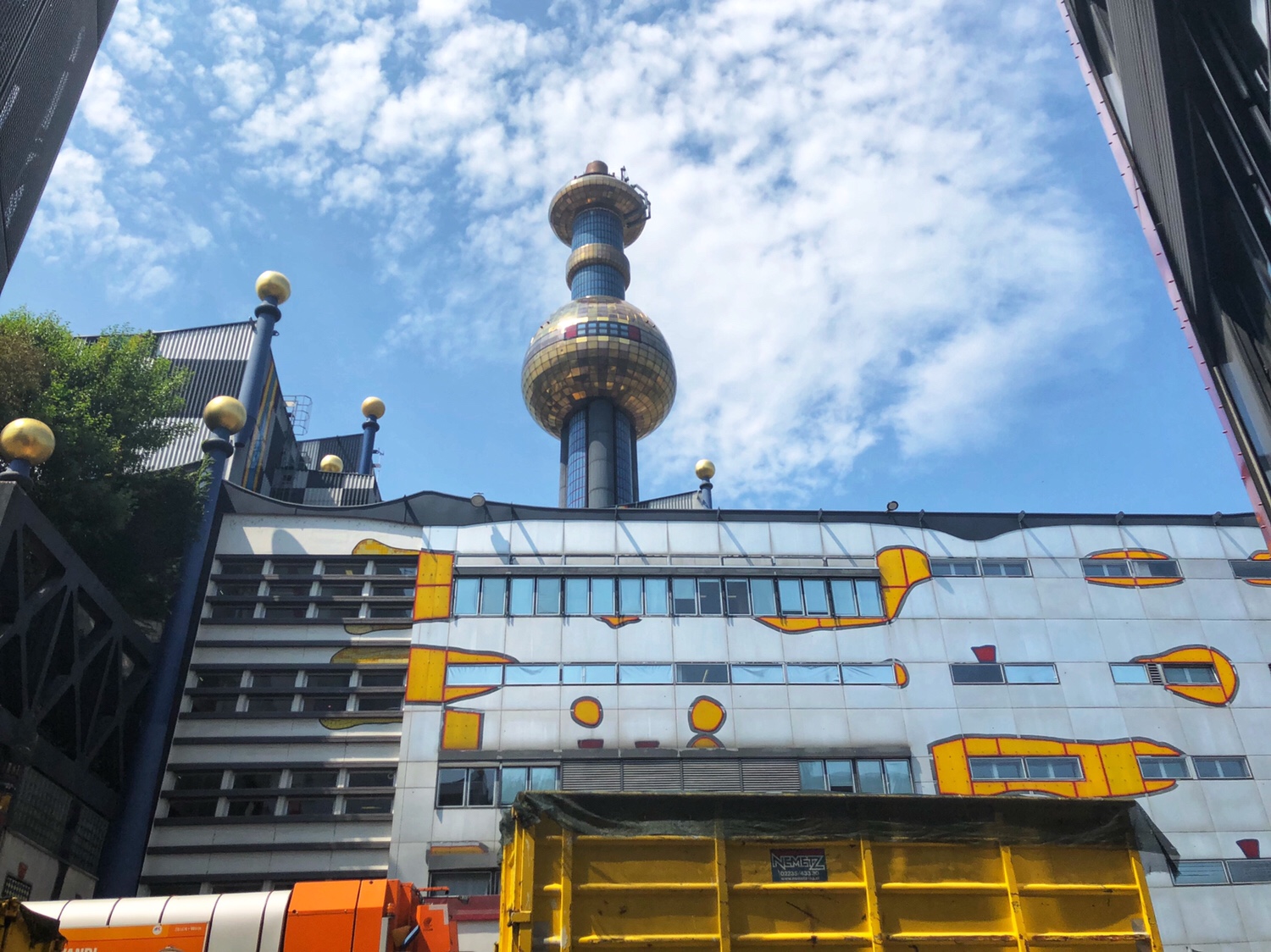
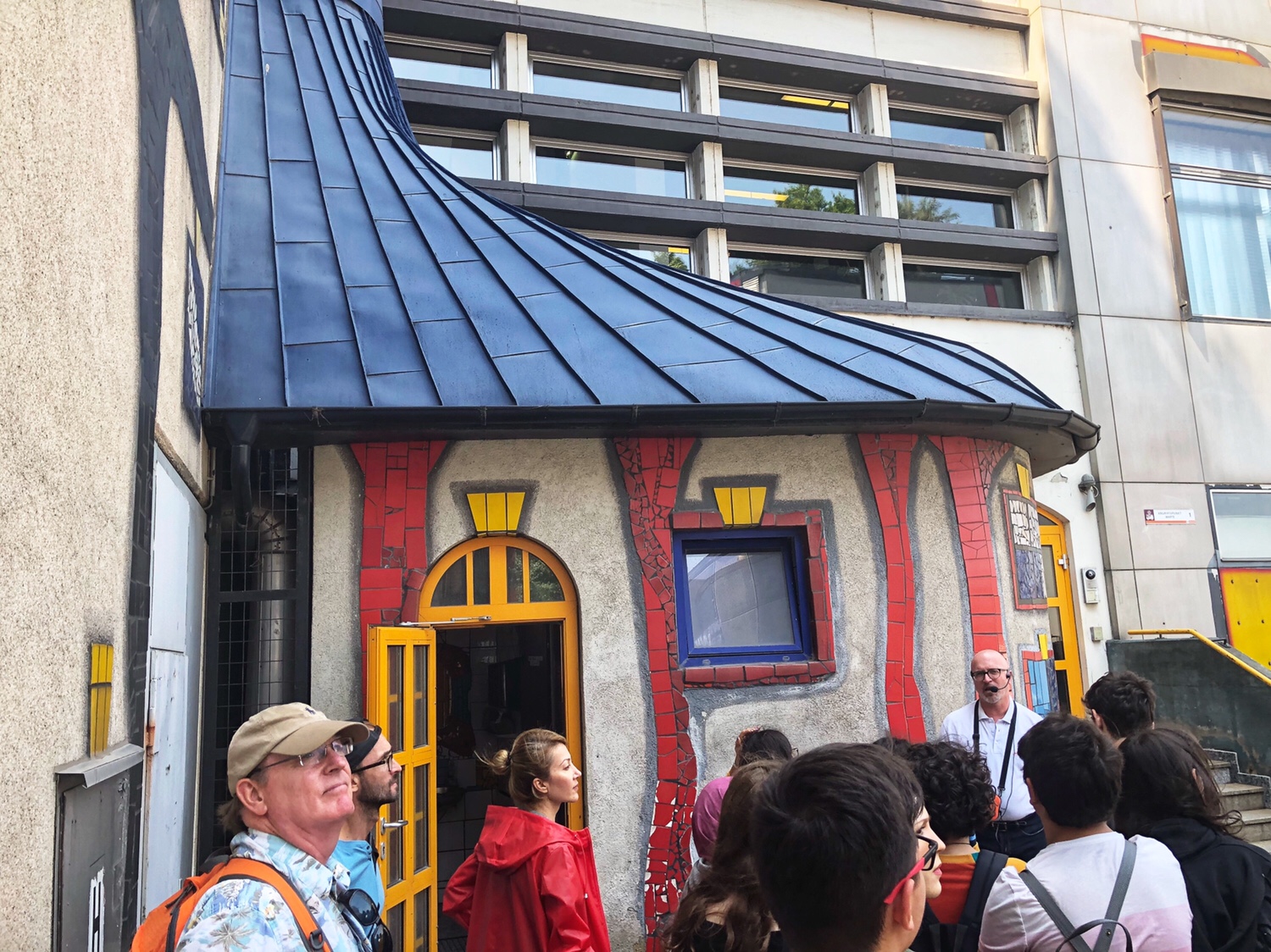
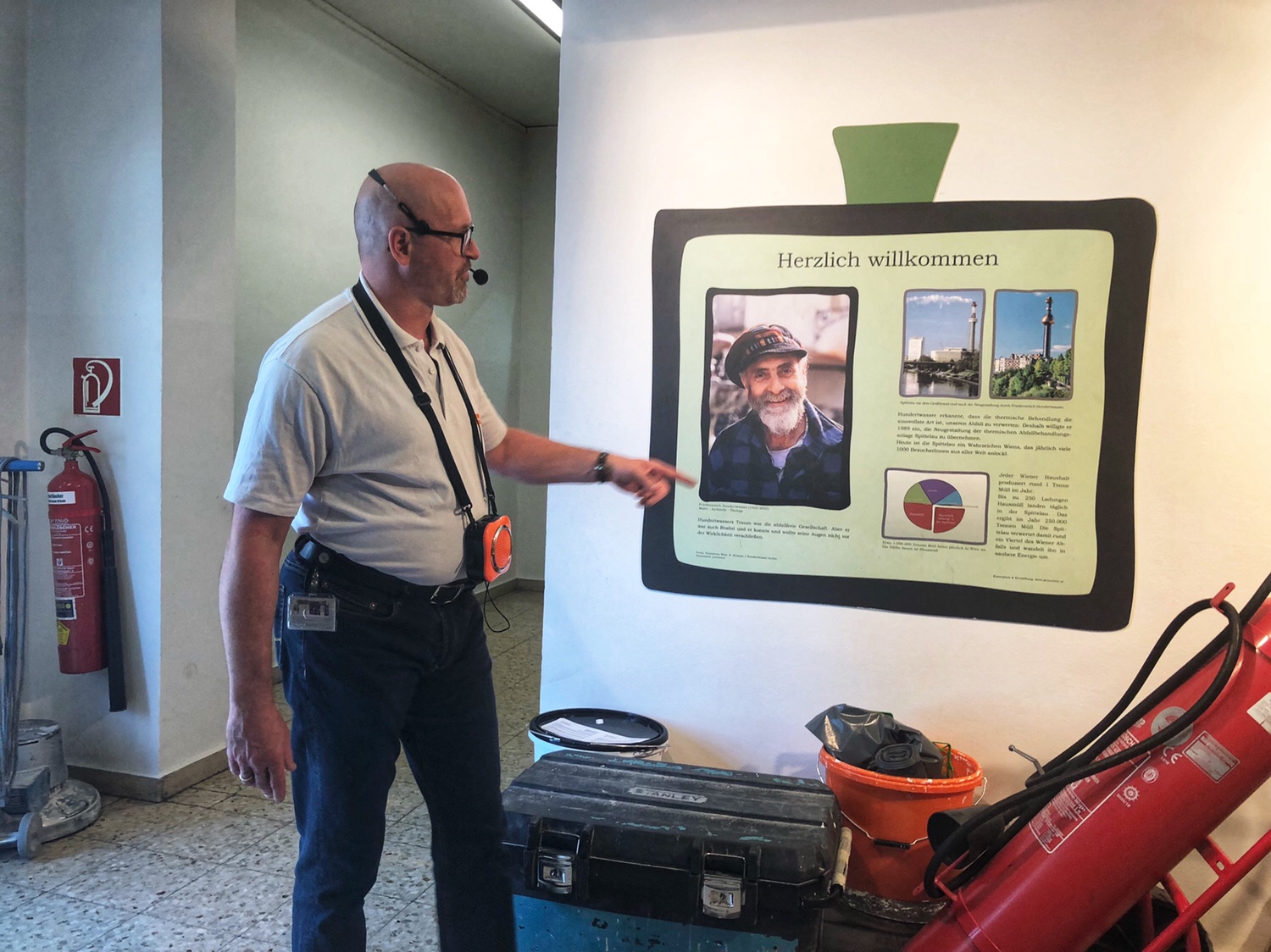
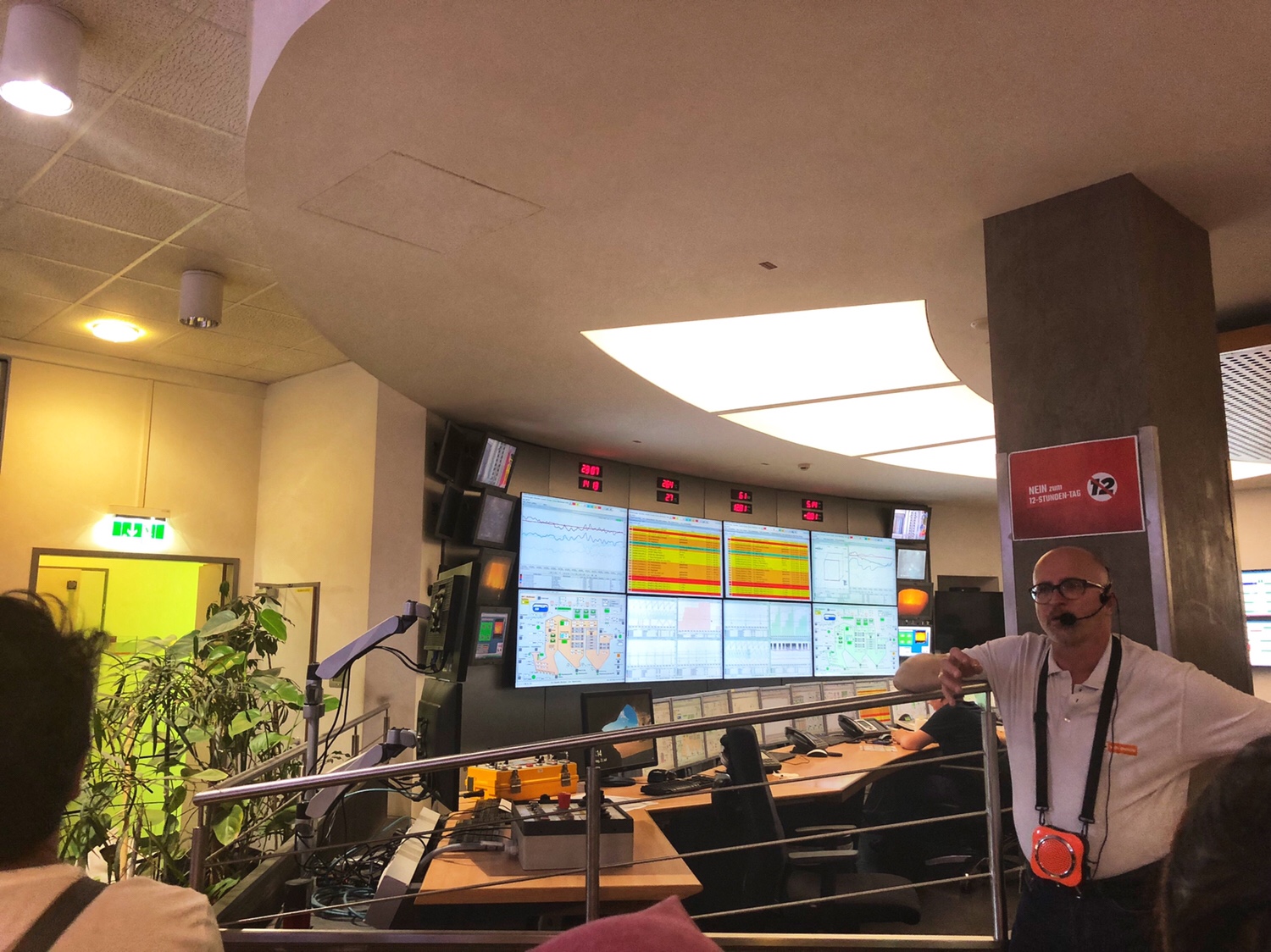
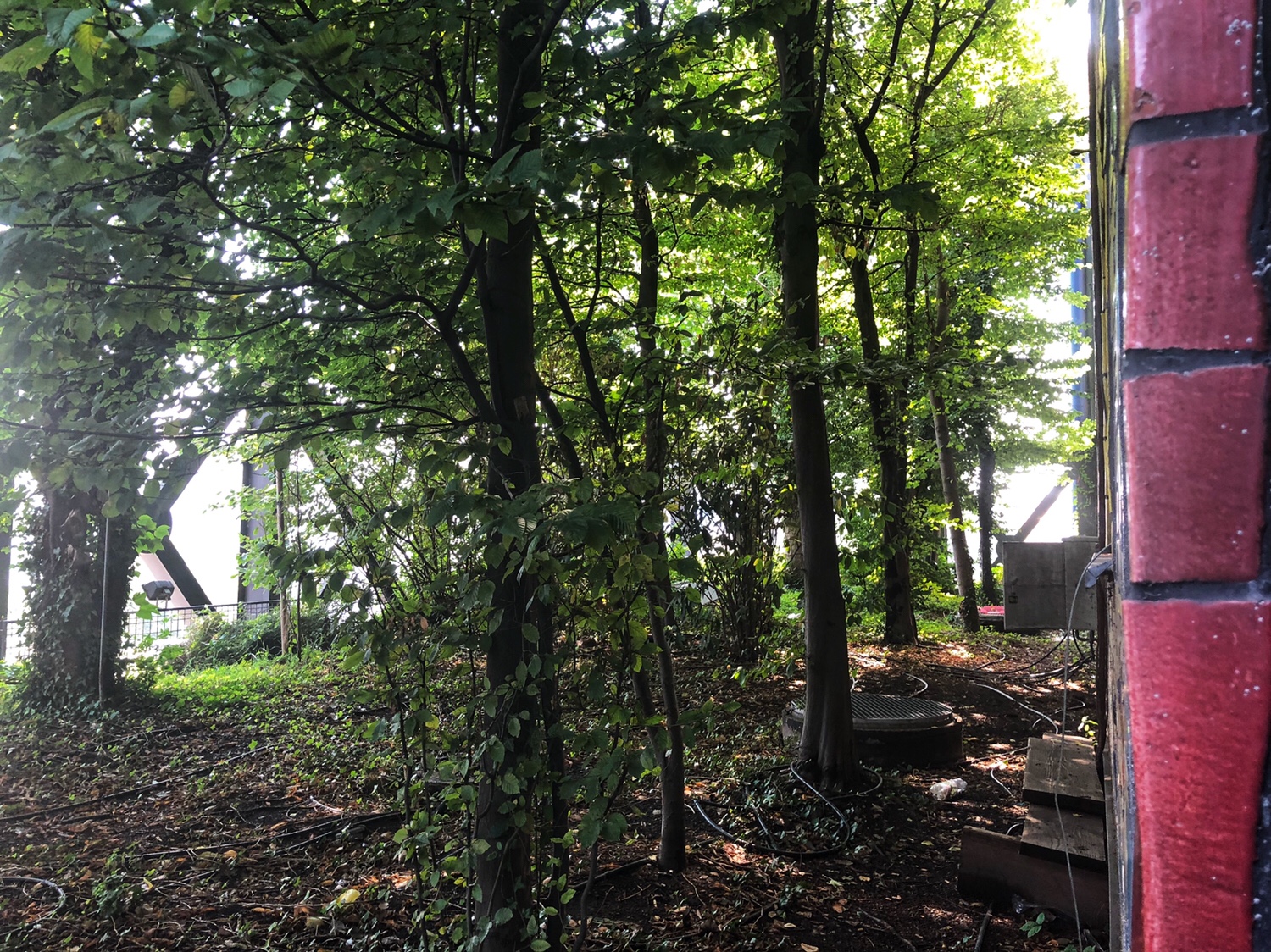
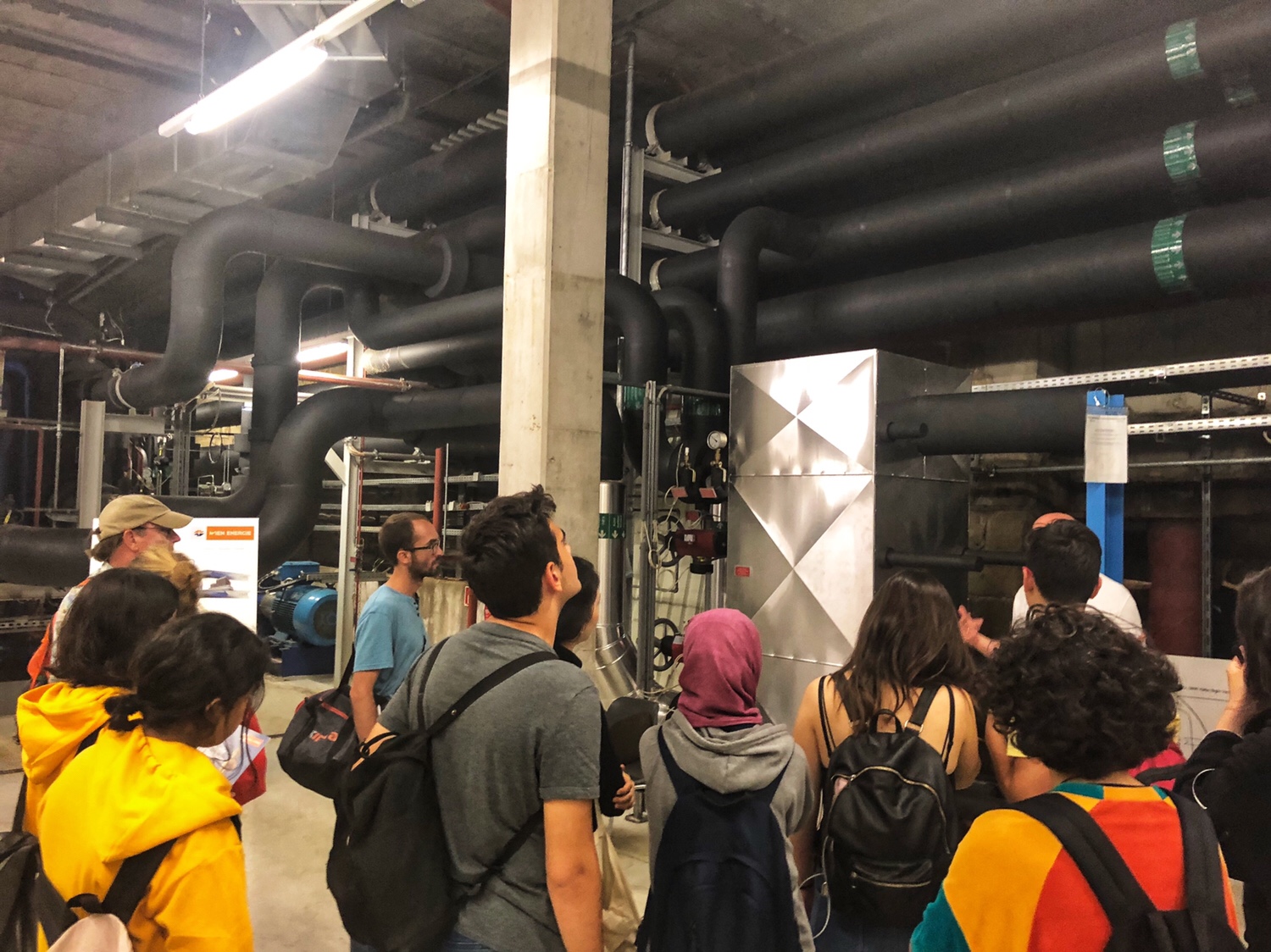
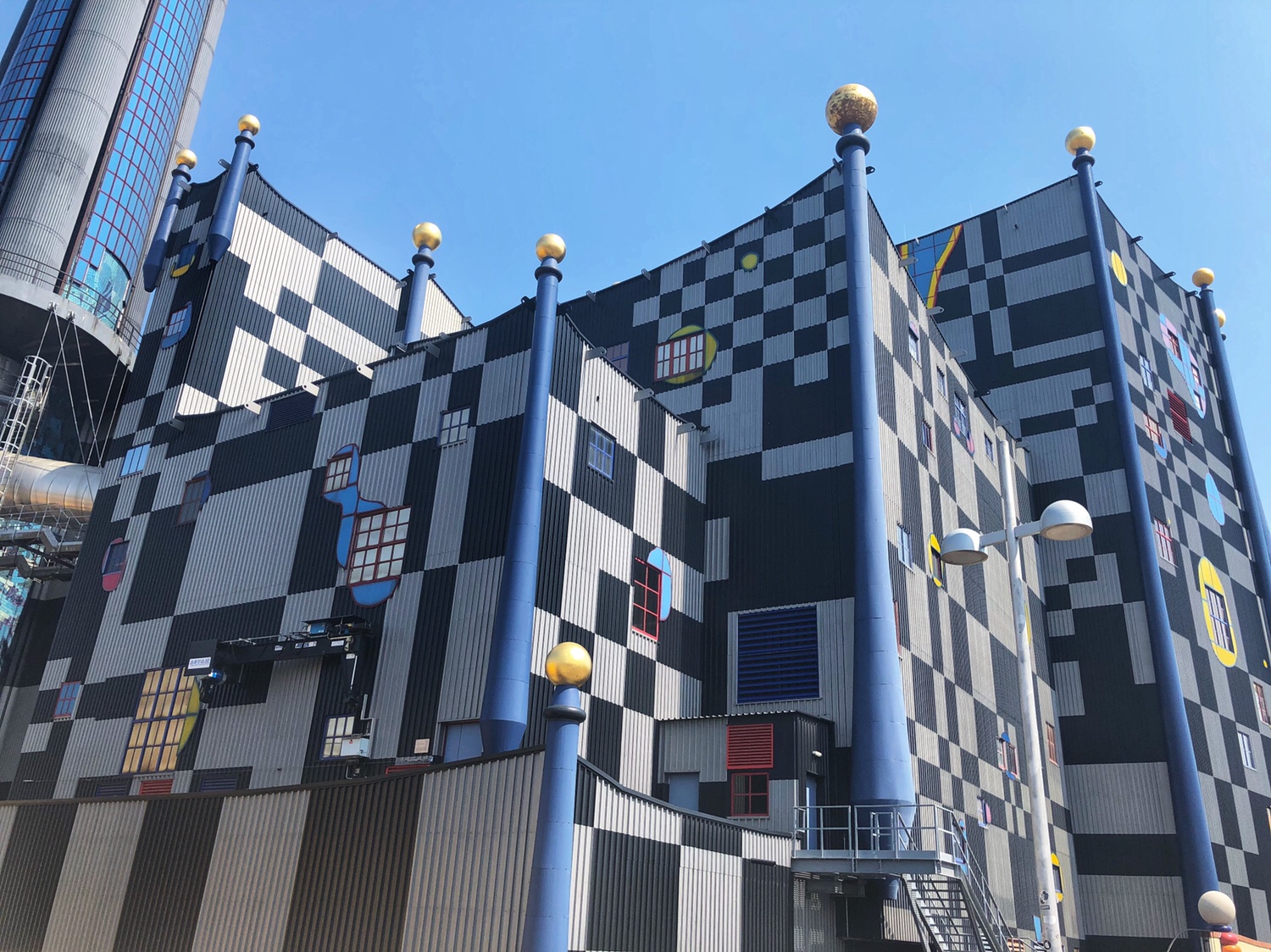
垃圾焚化厂一游大概是90分钟,我俩并知道他们的科技比其他厂子的科技更高级多少,但是游完了我俩便感慨能够吸引游客到一个城市去游览垃圾焚化厂的也应该就此一家了吧,哈哈 😄😂 还有更难忘的应该是那少不了的味道~ 垃圾的味道~~ 😄 感谢百水先生的奇特建筑设计。
当然看了百水先生的垃圾焚化厂设计,就更应该看一下百水公寓了。像上面提到的,百水先生很喜欢把植物融入到他的设计当中,1977年的维也纳市长向百水先生发出了请求,邀请他设计一座人类和自然共生的公共住宅,这正好满足了他的自己的梦想,所以这座公共住宅在1983年开工,于1986年完工。现在这里已经成为了维也纳的一个独特的景点。
The tour of the garbage incineration plant took about 90 minutes. I am not sure if their technology is more advanced than the technology of other factories. But, after the tour, we both feel that this is probably the only place that can attract tourists to a city to visit their garbage incineration plant. Haha, and more memorable is the smell that is indistinguishable, the smell of garbage ~~ Thank you for the unique architectural design of Mr. Hundertwasser.
Of course, after looking at Mr. Hundertwasser’s waste incineration plant, we thought we should also look at his apartment. As mentioned above, Mr. Hundertwasser likes to integrate plants into his designs. In 1977, the mayor of Vienna sent a request to Mr. Hundertwasser to invite him to design an apartment building that incorporates the symbiosis of humans and nature. This was his dream and the building started in 1983 and was completed in 1986 and is now a unique attraction in Vienna.
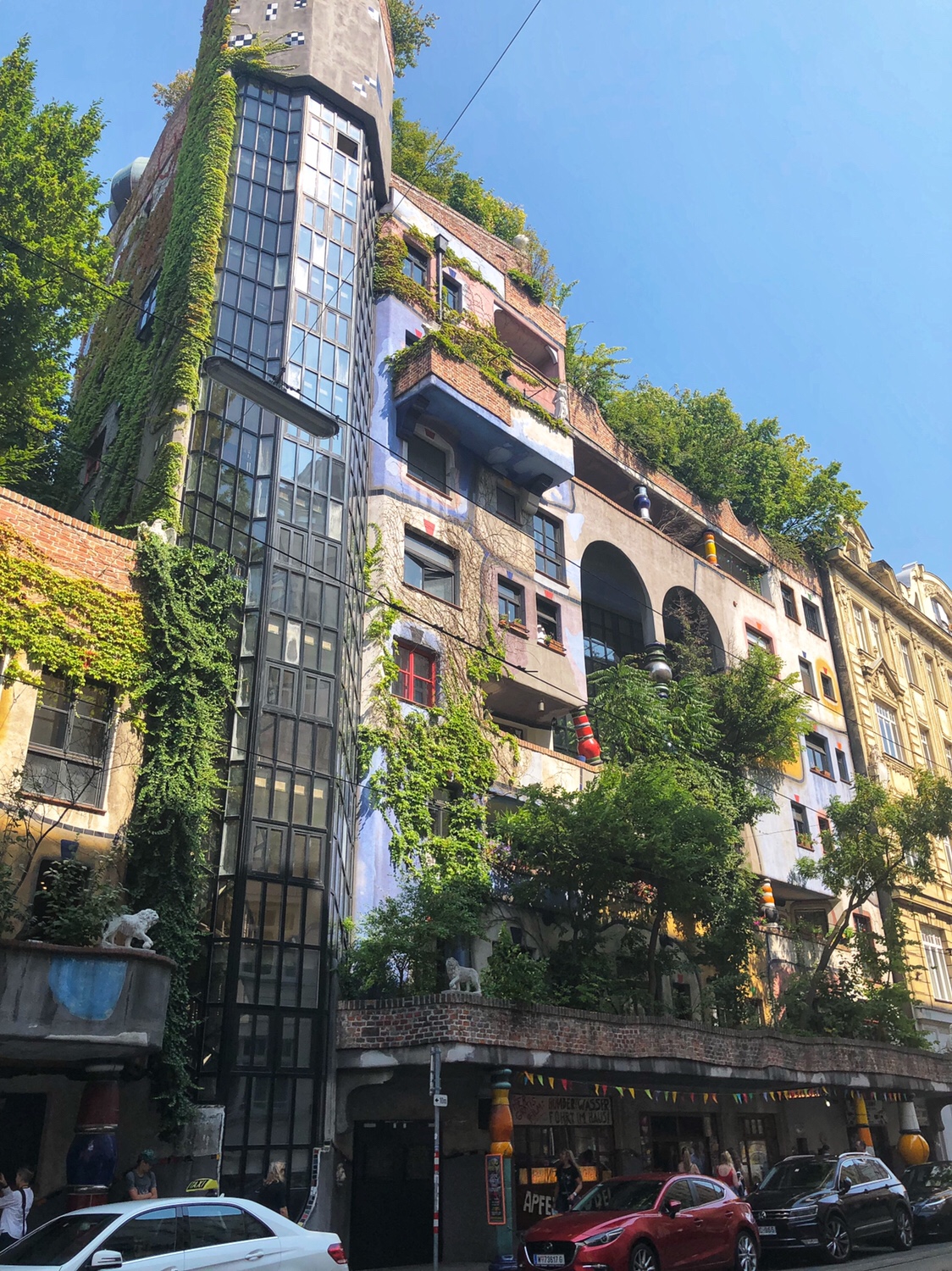
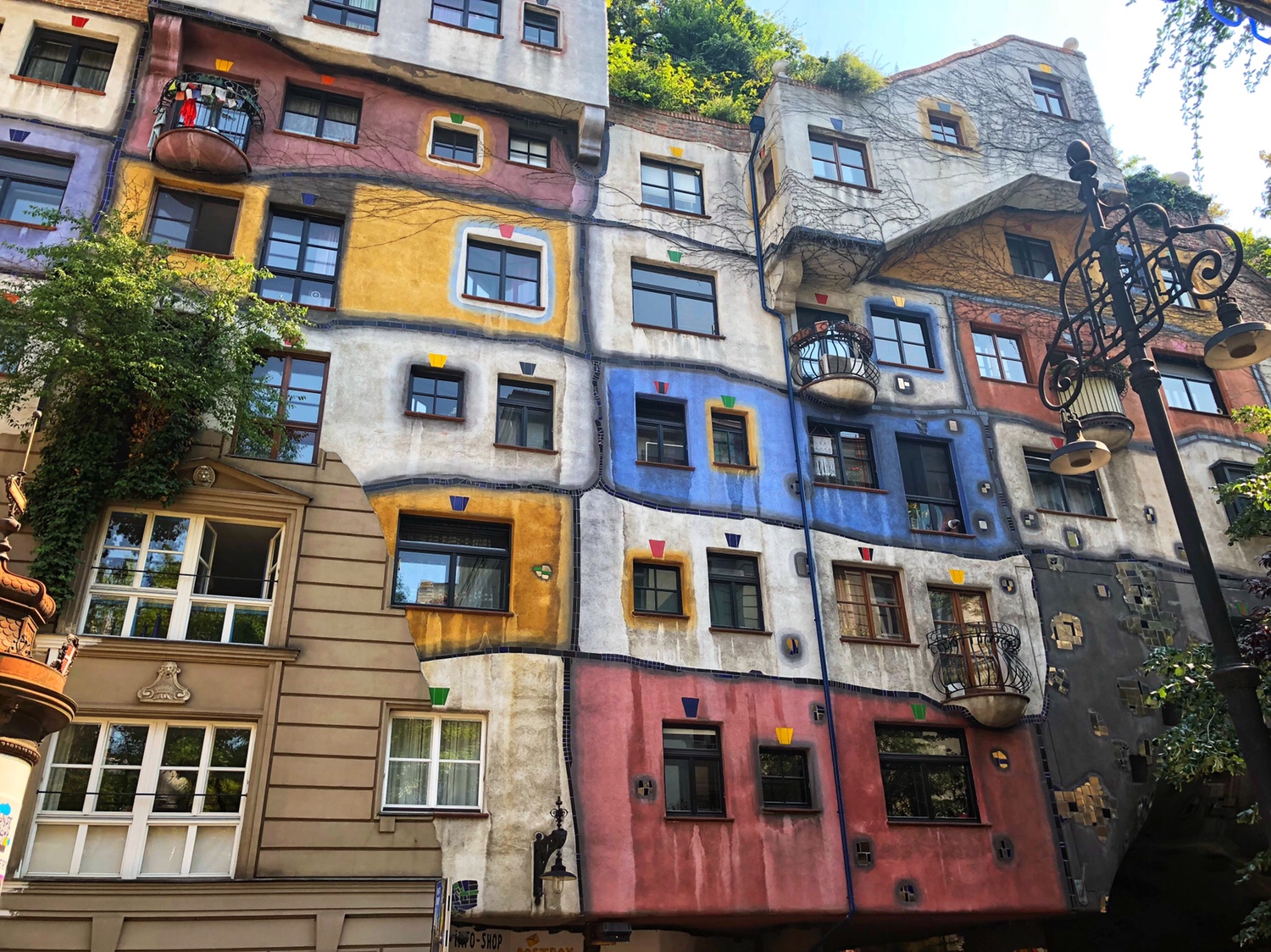
这个是百水先生设计的另一个建筑维也纳艺术馆,也是因为角度的问题,照片并不能完全体现出来建筑的独特。
This is another building of the Vienna Art Museum designed by Mr. Hundertwasser. But also because of the light the photos do not fully reflect the uniqueness of the building.
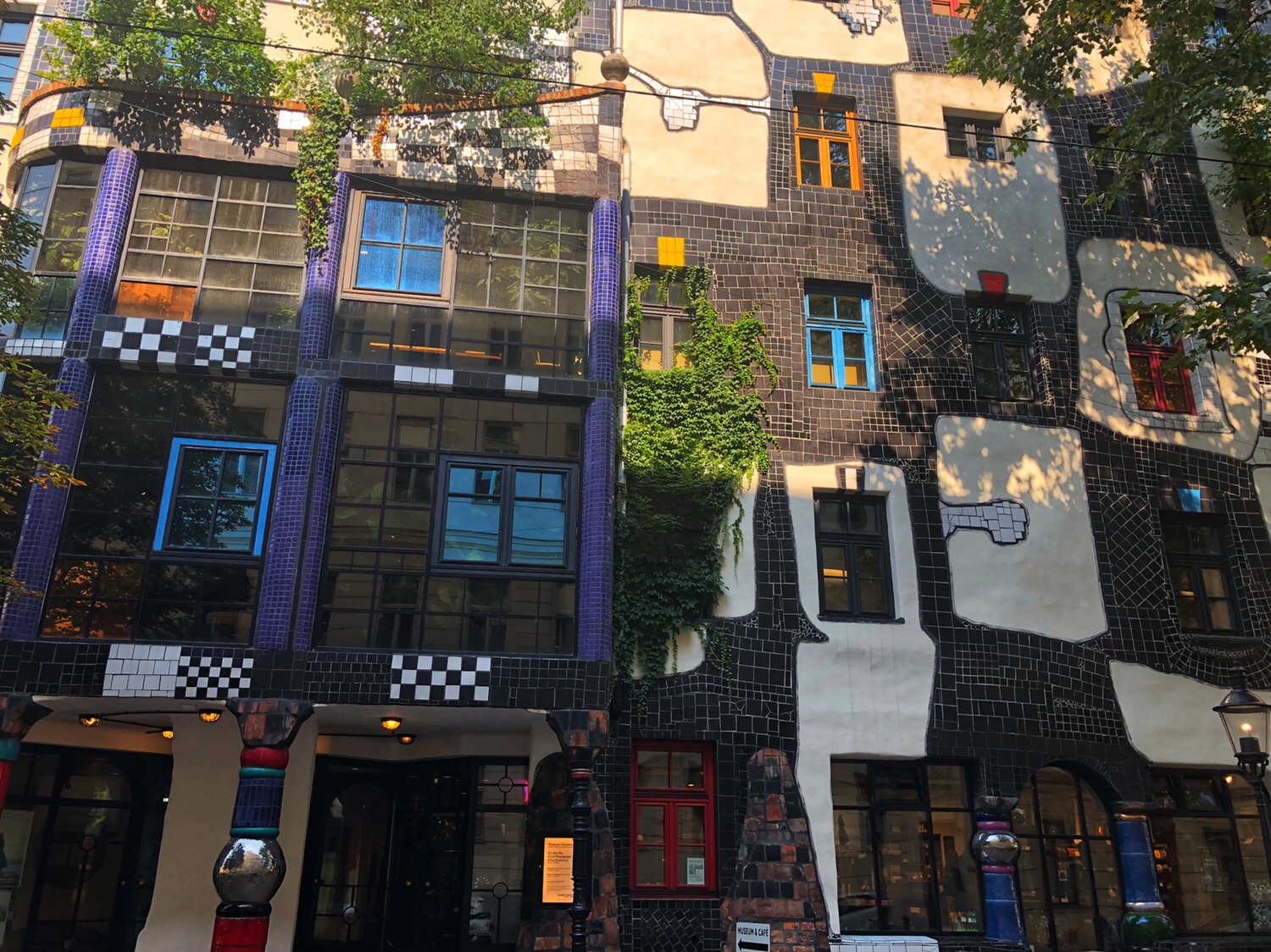
如果以后忘了今天做了什么,应该怎么也不会忘了这个垃圾焚烧厂一游的 😂
If we forget what we did today, in the future the one thing we won’t forget is the tour of the unique garbage incineration plant. 😂😂😂

垃圾站很有特色!喜欢百水先生的风格!